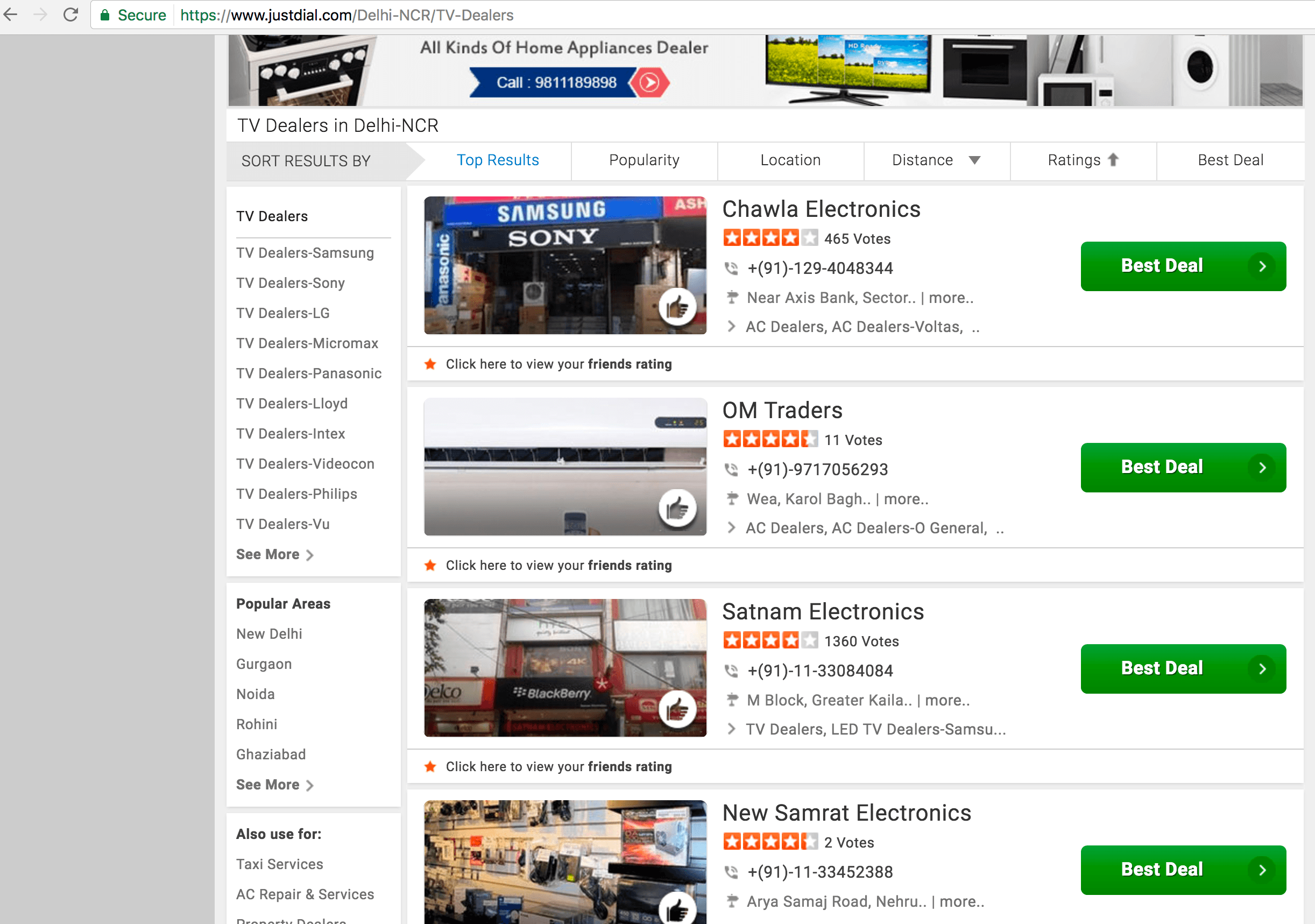

Inbound marketing certification course chapter-14
In the previous chapter of our inbound marketing certification course, we had discussed about how to choose the right keywords with the help of Google keyword Planner. Though we have discussed in brief this list would act as a reminder as to choosing the right keyword while doing keyword research. This is going to be really important for your inbound marketing strategy and therefore, we are laying so much emphasis on keyword research and keyword selection. Here is the list of pointers that should be kept in mind
-
Identifying keyword universe
We would have to think about what we plan to do or what are content is about. We need to have a broad idea about our keywords and then using that we should make sure that keyword research is done. In our previous lesson we did discuss about how to use Google keyword planner and that should come in handy in here while doing further research. We need to make sure our keywords have less competition
-
Choosing More related keywords by keyword research
With the help of Keyword Group identified we would need to expand our list and find similar keywords. As discussed previously if your website is new it is better to use and search for long tail keywords. Google keyword planner is definitely going to make this task easier for you
-
Prioritize Your List
After you have done keyword research you need to make sure you have your priority set. To make an inbound marketing strategy successful you need to make sure that everything takes place in steps. The perfect keyword would depend upon your reach of your existing business. If you have a new business you should start with small keywords and try to reach to the top of that. If you are an established player like Walmart you can rank for exclusive keywords as well.
4. Categorization of Keywords
After priority keywords have been chosen by doing keyword research we need to make sure that keywords need to be categorized according to the business goals. We might have some keywords which would belong to one part of business and some might belong to other part of business. Hence, it becomes extremely important to know which keyword belongs where and using it accordingly.
5. Identification of Landing Pages
After you have done your categorization of keywords you need to make sure these keywords are used at right landing pages. Let’s understand with the help of an example. Suppose you run a gift selling business and have many items from cards, books, watches to flowers. Now you have a website and have some content on that. You have categorized your keywords according to the various parts of business. Now we need to make sure these keywords are put in place at right content and web page as well. A web page with content related to selling of flowers should have content related to that only. This makes your keywords and content relevant. Most of the times except meta tags, these keywords would be visible to the customer. You need to make sure that this doesn’t affect the interaction and user-friendly nature of the content.
6. Updating your keywords regularly
After everything has been done and your webpage is up that doesn’t mean your task is over. Your task literally begins then. You need to monitor every keyword that has to be targeted, noting down the success and failure points. Google Keyword Planner and Google Analytics will again be useful. How measurement of keywords is done would be discussed later but this is just an idea as to how to go about the keyword research process flow. Then, you need to update the content or keywords that might not being doing well.
For learning further and becoming an inbound marketing strategy expert you can further learn at inbound marketing certification course. In case of any help you can contact The Buzz Stand team.






